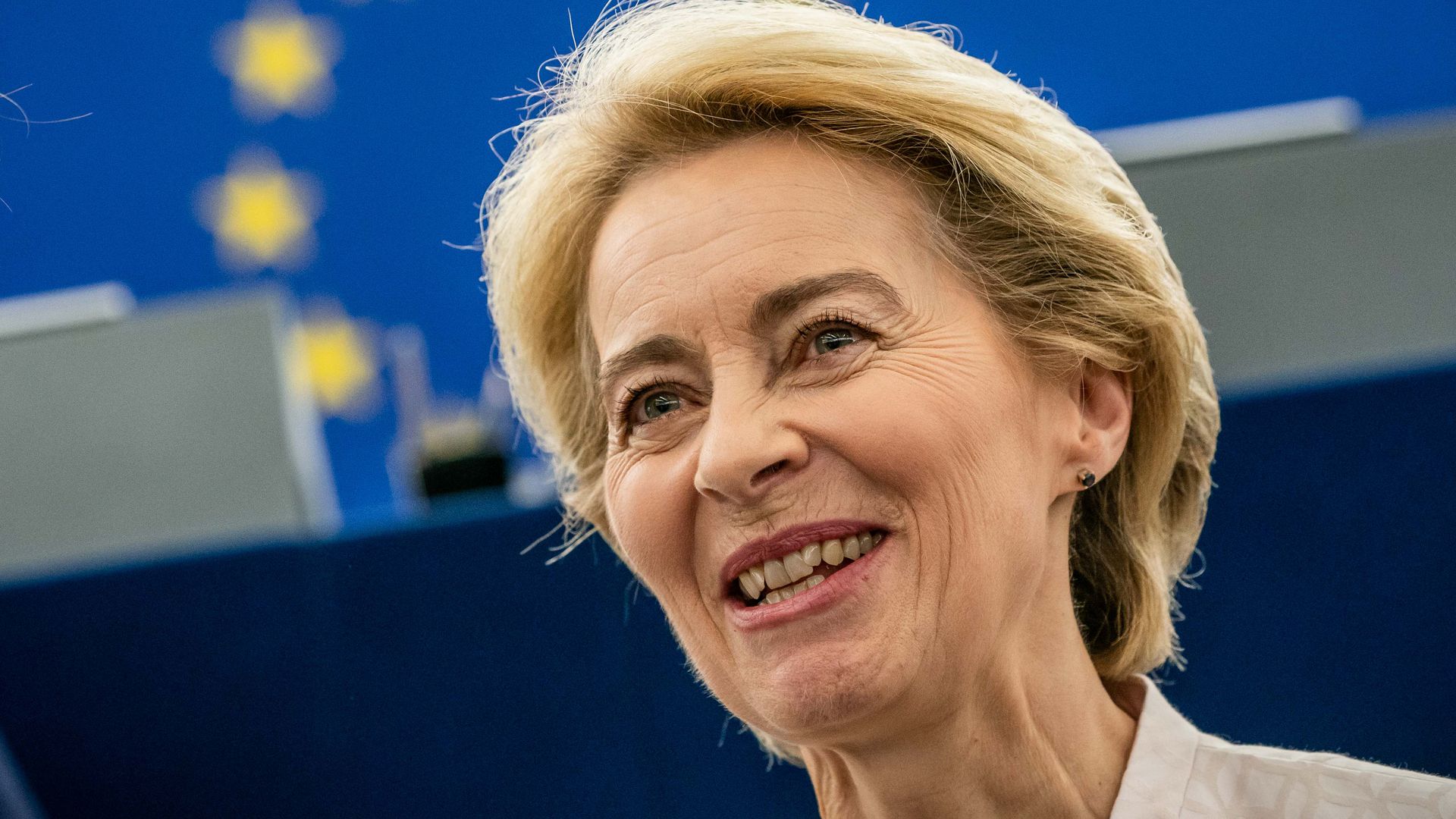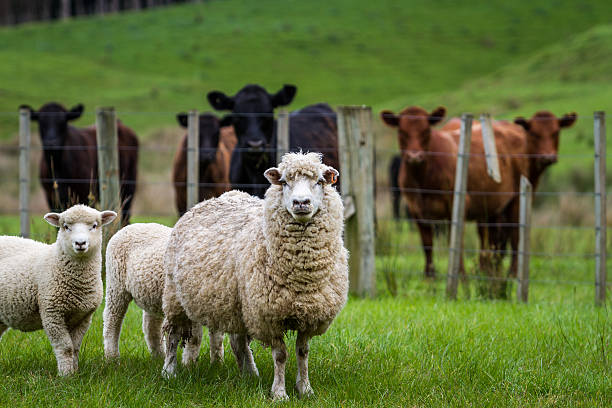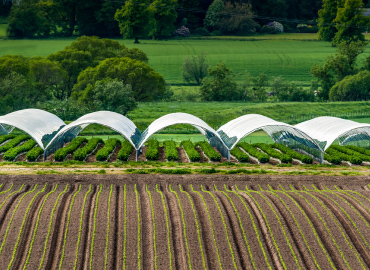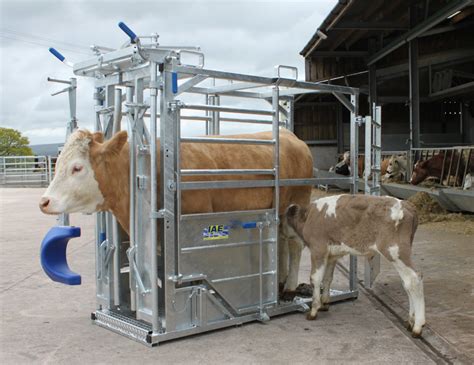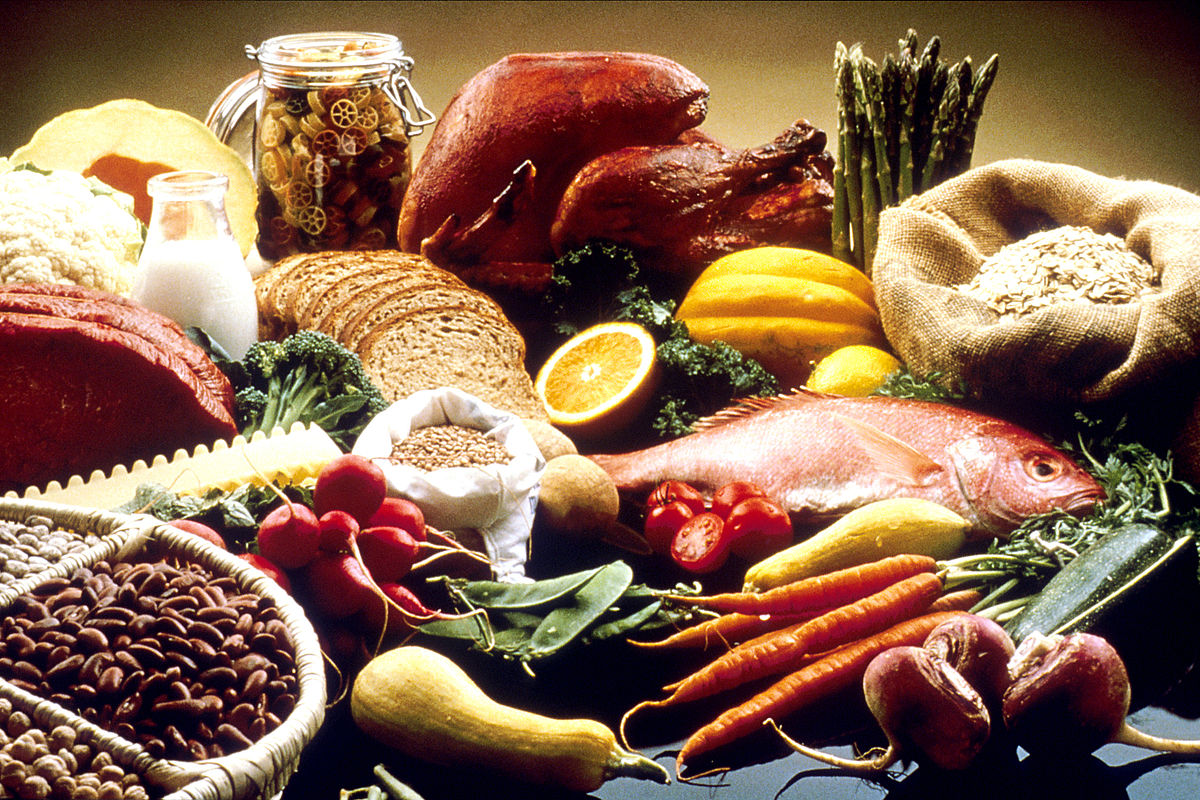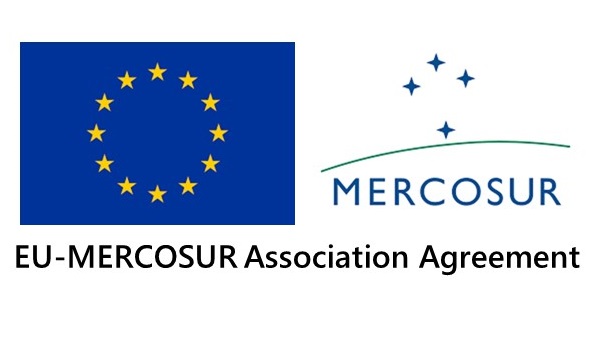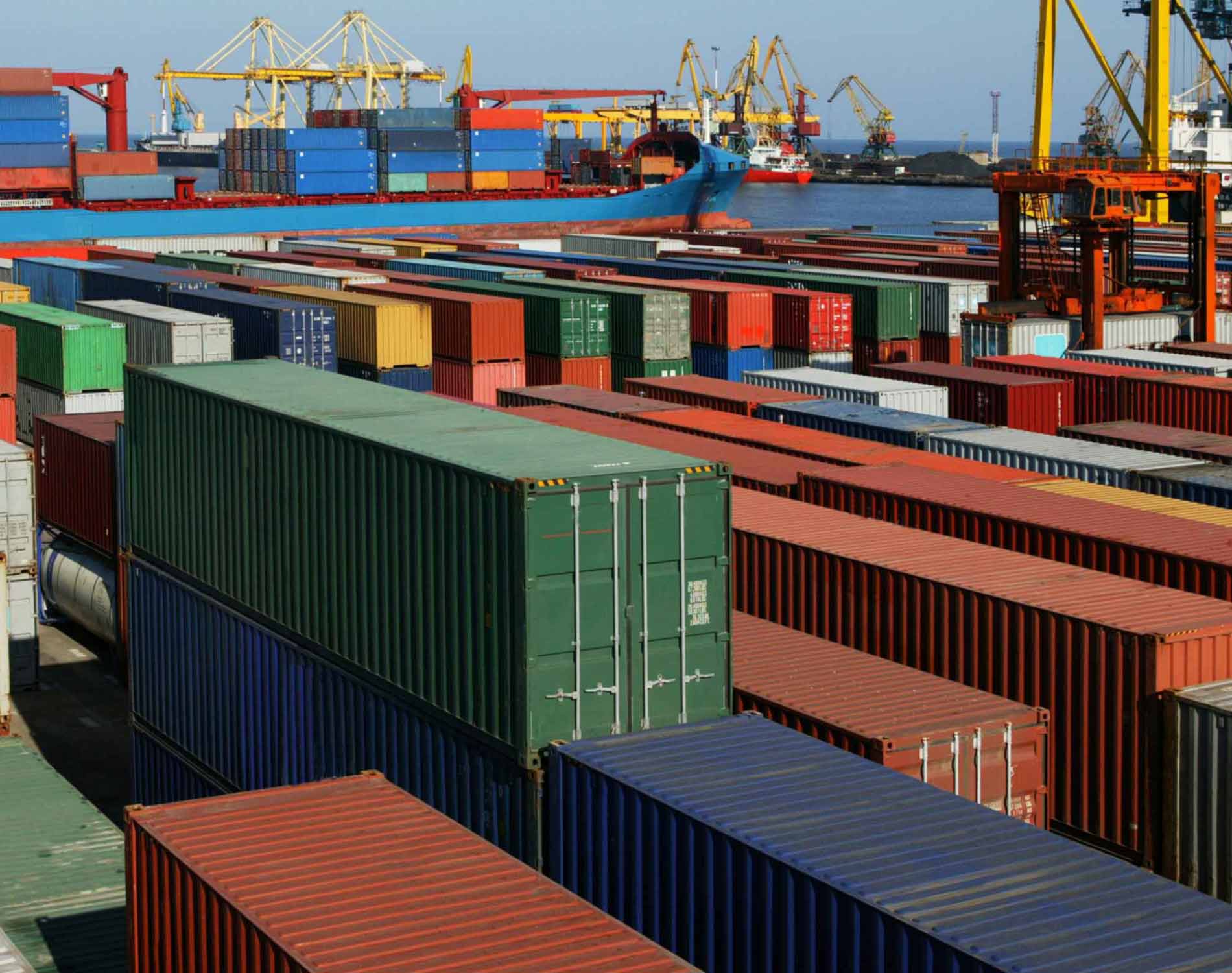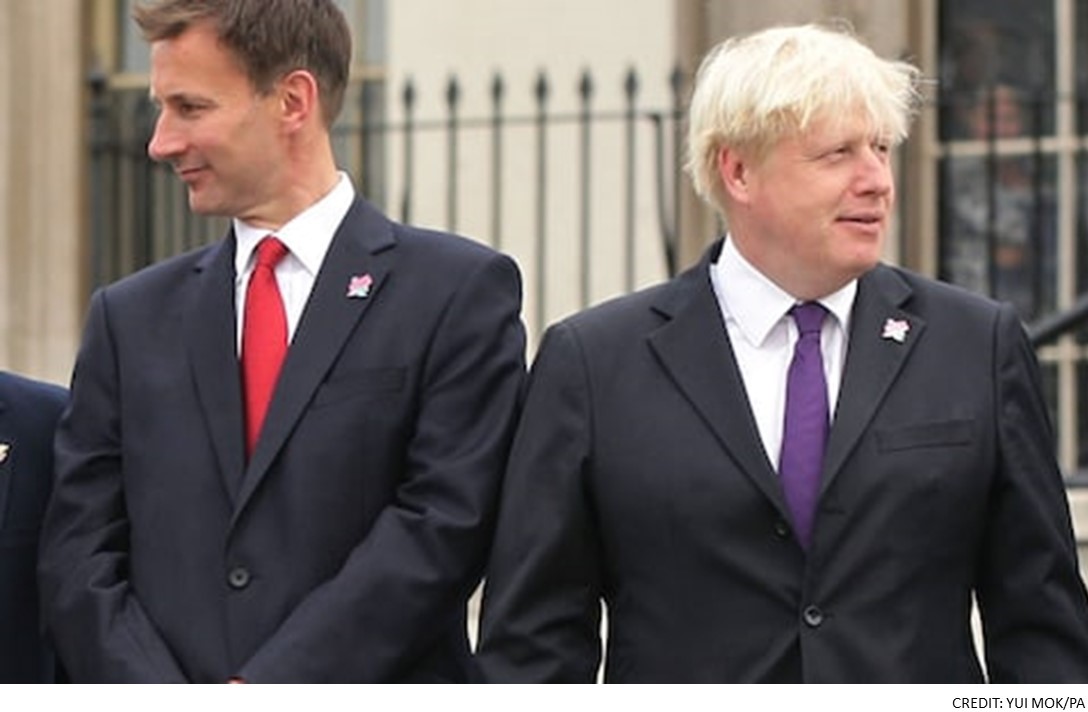On 28th June, twenty years to the day that negotiations started, the EU and Mercosur reached a political agreement on a substantial free trade deal. The EU estimates that, when fully implemented, the deal will reduce tariffs its exporters face by approximately €4 billion. On a busy weekend for Cecilia Malmström, EU Trade Commissioner, the EU also signed the free trade agreement with Vietnam which had been largely negotiated in 2018. Both deals are meant to send a message that, with the backdrop of the US-China trade dispute and the increased friction likely to result from Brexit, that the EU is open for business and keen to conclude trade deals with other global partners. These announcements follow similar recent deals with Japan and Canada. From an agri-food perspective, the Mercosur deal is attracting most attention as it could have significant implications for sectors such as beef, poultry and sugar.
EU-Mercosur Trade Deal
The details of the Mercosur deal are complex. In summary, the South American trade-bloc, consisting of Brazil, Argentina, Uruguay and Paraguay, would see tariffs removed on 92% of all its imports to the EU over a period of 10 years. Focusing on the agri-food sector, tariffs will be cut on 82% of imports coming from Mercosur, with remaining agri-food imports subject to more partial liberalisation. Notably, this includes beef where a quota of 99,000 tonnes will be permitted to be exported to the EU at preferential rates. This will be implemented over a five-year period. Additional volumes of imports will also be allowed of poultrymeat (180,000 tonnes) and pigmeat, (25,000 tonnes), with import restrictions on sugar and ethanol also eased.
From an EU export perspective, tariffs will be eliminated on 91% of its total exports and 95% of agri-food exports. The dairy sector in particular will benefit from improved market access, with a quota of 30,000 tonnes for cheese, 10,000 tonnes for skim-milk powder and 5,000 tonnes for infant milk formula (Mercosur tariffs are currently at around 28% for dairy products). These volumes will be phased-in over 10 years. Whilst improved market access for dairy was welcomed in some quarters, market experts opined that demand for dairy products in the Mercosur market is quite lethargic and is hampered by high inflation, sluggish economic growth and a volatile political environment.
Mercosur has also committed to protecting the Geographical Indications of 357 EU food and drink products. The EU is also keen to point out that its food standards on Sanitary and Phytosanitary (SPS) matters would not be compromised in any way. The EU-Mercosur deal also has a Sustainable Development chapter which commits both parties to upholding their Paris Climate Accord commitments
European beef, poultry, sugar and ethanol producers are expected to come under increased pressure from cheaper imports from South America as a result of this proposed deal. The agreement has already attracted condemnation from the EU’s farming lobby with organisations such as Copa-Copega and the Irish Farmers’ Association (IFA) complaining that agriculture had been sold out to facilitate a wider deal. Tellingly, the EU Commission also announced a €1 billion fund to help farmers to adjust to the market disturbances that could be potentially caused by the EU-Mercosur trade deal which indicates that there will be a significant impact on European farmers.
The feedback from the EU farming and food industry points to trouble ahead because, as our previous article on 26th June noted, the agreement thus far has only been at the political level and a number of hurdles remain. Firstly, it will be translated into legal text before being put forward for ratification by EU Member States and the European Parliament. Like the EU-Canada (CETA) agreement, there can still be several twists and turns in the process and the deal could be scuppered by a Member State or by a regional Parliament such as Wallonia. Already, there is significant pressure being exerted on the Irish Government not to back the deal and it is anticipated that there will be similar calls elsewhere.
Any on-farm effects from this deal remain some way off, and in any case would be phased in over several years. By the time this happens, the UK is likely to have left the European Union, so the impact of this particular deal might be negligible. That said, the EU-Mercosur deal increases the competitive threat of South American products in European markets. It is also likely to offer a template for any future trade deals between the UK and Mercosur which the UK is likely to prioritise post-Brexit.
EU-Vietnam Trade Deal
This pact will eventually see duties removed on 99% of the EU’s imports from Vietnam. Whilst the formal text has been approved by the European Commission, it still requires ratification by the European Council (representing the EU Member States) and by the European Parliament. This is expected later this year.
From an agri-food export perspective, Vietnam with its population of around 95 million represents a fast-growing South East Asian market. Its dairy industry is valued at approximately £5 billion and it currently imports 80% of this demand. Average incomes have also been rising thereby driving demand for beef and pork products in particular, although the US and New Zealand account for the vast majority of these imports.
As with Mercosur, the UK’s pending exit from the EU means that it may not benefit significantly from this deal. That said, much will depend on the length of the transition (implementation) period arising from the eventual Brexit deal and the UK’s access to third country market that have free-trade deals with the EU as part of this. However, the South East Asian market is lucrative and the UK needs to prioritise the development of such markets as it resumes its independent trade policy.
